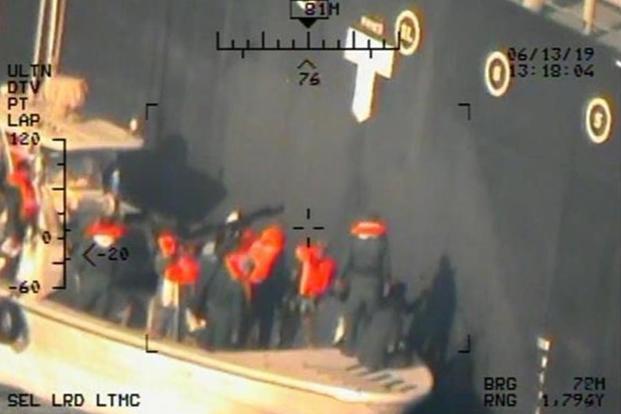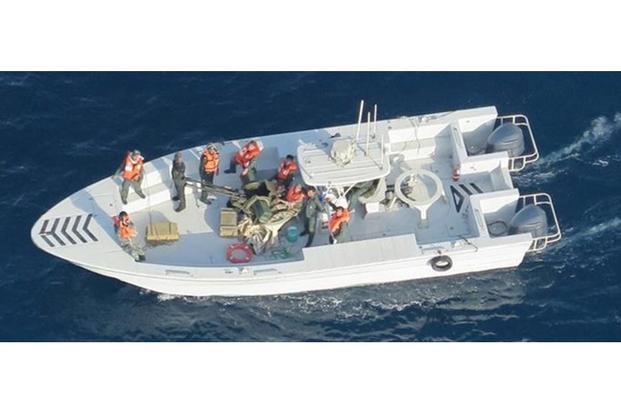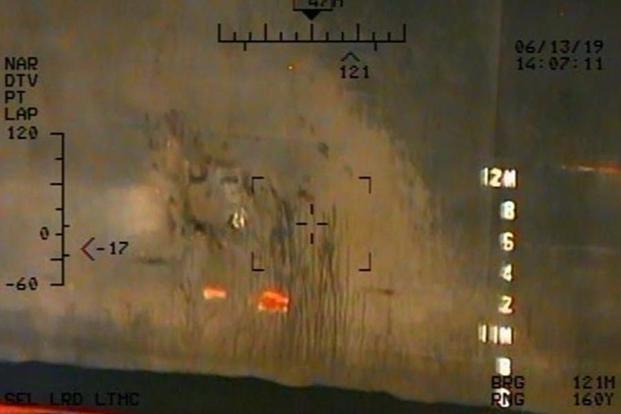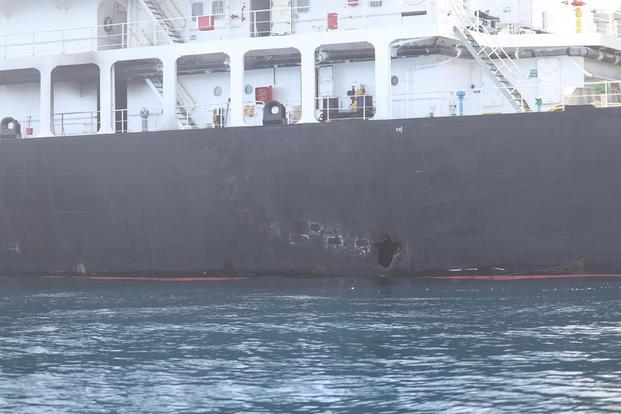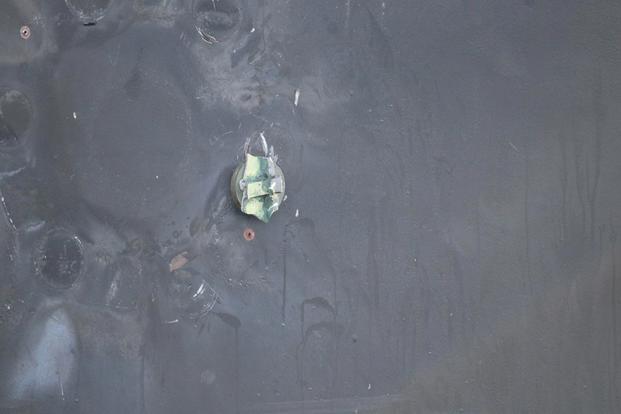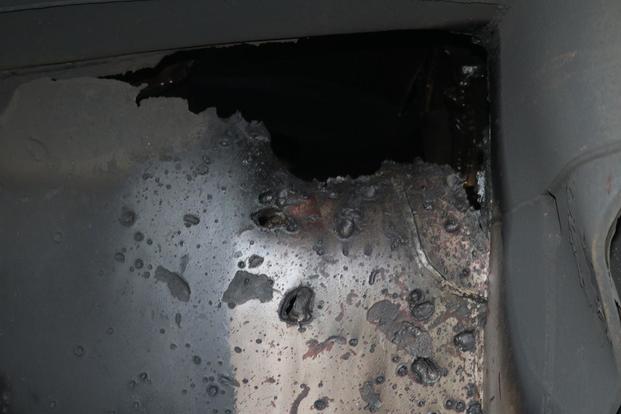The Pentagon released more photos late Monday to back up charges that Iran carried out an attack on two tankers in the Gulf last week. The images included one still purporting to show Islamic Revolutionary Guard Corps members in a twin outboard shortly after they allegedly removed an unexploded mine from the side of a tanker.
Shortly after the photos were released, Acting Defense Secretary Patrick Shanahan announced that an additional 1,000 U.S. troops were being sent to the region to join a buildup of forces that now includes the aircraft carrier Abraham Lincoln's strike group and B-52 Stratofortresses.
"In response to a request from the U.S. Central Command for additional forces, and with the advice of the Chairman of the Joint Chiefs of Staff and in consultation with the White House, I have authorized approximately 1,000 additional troops for defensive purposes to address air, naval, and ground-based threats in the Middle East," Shanahan said in the statement.
"The recent Iranian attacks validate the reliable, credible intelligence we have received on hostile behavior by Iranian forces and their proxy groups that threaten United States personnel and interests across the region," Shanahan said, adding that "the United States does not seek conflict with Iran."
The newly images are more evidence of that hostile behavior, officials say.
The overhead photo, taken by a Navy MH-60R helicopter crew member with a handheld camera, showed at least nine figures in uniform -- one of them seated behind what appeared to be an anti-aircraft weapon -- gazing up as the photograph was taken.
The caption on the photo released by the Pentagon said that the figures on the twin outboard were members of the "Islamic Revolutionary Guard Corps Navy after removing an unexploded limpet mine from the M/T [Motor Transport] Kokuka Courageous," one of two tankers set ablaze by explosions in the Gulf of Oman June 13.
The release of the photos came a day after Secretary of State Mike Pompeo went on the Sunday talk shows "Face the Nation" and "Fox News Sunday" to state that more evidence would be released to show that Iran was behind the attacks on the Japanese-owned Kokuka Courageous and the Norwegian-owned Front Altair.
Other photos from U.S. Central Command, released by the Pentagon, show a 1.1-by-1.5-meter hole in the side of the Kokuka Courageous, about one meter above the water line, that is "consistent with a limpet mine attack," the Pentagon said in another caption.
A Pentagon statement accompanying the photos said that sailors aboard the Kokuka Courageous discovered a second unexploded limpet mine attached to the side of the ship shortly after the initial blast, suggesting that the IRGC small boat came alongside to remove evidence of Iranian involvement.
Iran has denied responsibility for the attacks but the Pentagon statement said the intelligence pointed to the Tehran regime "based on video evidence and the resources and proficiency needed to quickly remove the unexploded limpet mine."
-- Richard Sisk can be reached at Richard.Sisk@Military.com.
